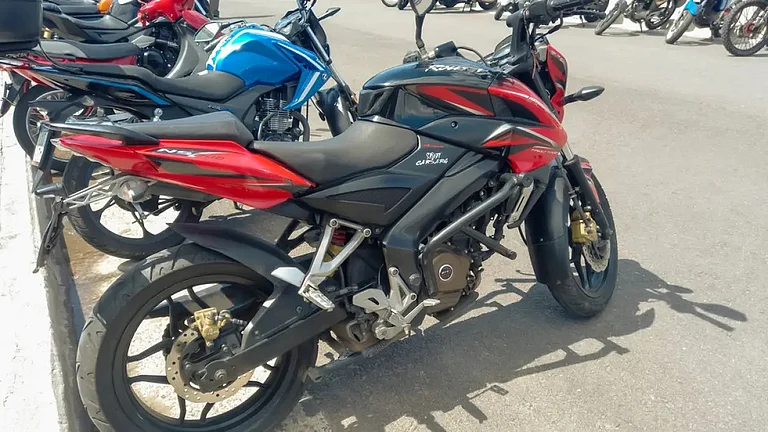In July this year, The Reserve Bank of India allowed the invoicing of international trade in Rupees. This was among RBI’s efforts to keep the Indian currency stable and reduce the use of the US Dollar.
RBI relaxed the Vostro account norms allowing surplus funds lying in them to be invested in Indian treasury bills and government bonds.
However, most banks in India seem to be reluctant to the trade mechanism fearing action by the US authorities.
Why Does The RBI Want To Settle Payments In Rupees?
At a time when the rupee’s value is declining every week against the US dollar, saving dollar outflows becomes even more critical for the RBI.
Why Banks Are Reluctant?
Paying for imports in rupees would help India work around the sanctions imposed on its trade partners, including Russia.
The RBI had earlier also allowed international trade in rupees after Iran faced sanctions a few years ago. Now, with Russia facing US sanctions, RBI has again allowed trading in rupees.
Currently, a large part of bilateral trade between India and Russia is getting settled in the rupee due to sanctions.
As per the news report, banks may be looking for certain comfort from the government and RBI since there are private banks that are listed on US exchanges.
Amid the impasse, the finance ministry will on Wednesday hold a meeting with all stakeholders, including banks and officials of external affairs and commerce ministries, to discuss ways to promote cross-border trade in rupee instead of the US dollar.
What Is International Trade Settlement In Rupees?
When countries import and export goods and services, they have to make payments in a foreign currency which is the US dollar in most cases. In this arrangement, both the importer and exporter incur the conversion expenses.
With trade settlement in rupees, instead of paying and receiving US dollars, the invoice will be made in Indian rupees via a Vostro account.
The US dollar is stronger than most currencies in the world which makes imports expensive for countries such as Sri Lanka whose economy has come to a halt due to a drastic fall in forex reserves. The fall of Sri Lanka’s currency against the Indian Rupee is lower than that of the US dollar so it would be better for the country to trade in the Indian rupee.


























